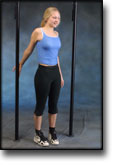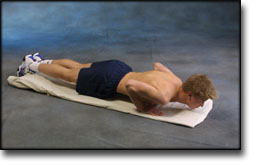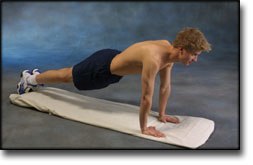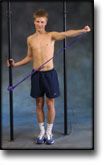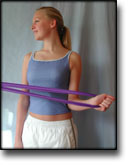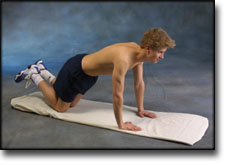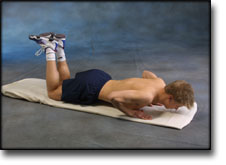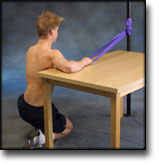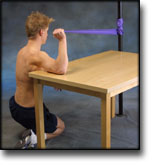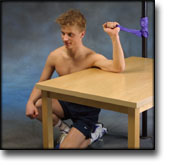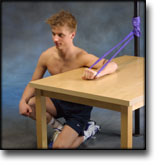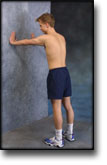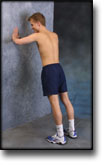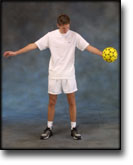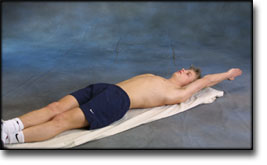|
Injuries of the pectoralis major muscle: evaluation with MR imaging.
Connell DA, Potter HG, Sherman MF, Wickiewicz TL. Radiology 1999 Mar;210(3):785-91.
PURPOSE.
To demonstrate that magnetic resonance (MR) imaging allows evaluation of injuries of the pectoralis major muscle.
MATERIALS AND METHODS.
Fifteen men underwent MR imaging after injury of the pectoralis major muscle. Most of the patients (nine of 15) were injured while lifting weights, notably bench-pressing. The injuries were evaluated for abnormal morphology and signal intensity, specifically the site of injury, degree of tearing, and amount of tendon retraction.
RESULTS.
Six injuries occurred at the musculotendinous junction, and five were treated conservatively; eight of the nine cases of distal tendon avulsion were treated with primary surgical repair. The MR imaging findings were confirmed in the nine cases treated surgically. Complete tears (three of 15) were less common than partial tears (12 of 15). The sternal and clavicular heads were torn in 10 patients, only the clavicular head was torn in two patients, and only the sternal head was torn in three patients. Acute tears (10 of 15) demonstrated hemorrhage and edema, whereas chronic tears (five of 15) demonstrated fibrosis and scarring. There was a variable amount of tendon retraction.
CONCLUSION.
MR imaging allows accurate evaluation of injuries of the pectoralis major muscle and enables identification of patients who would benefit from surgical repair.
|





